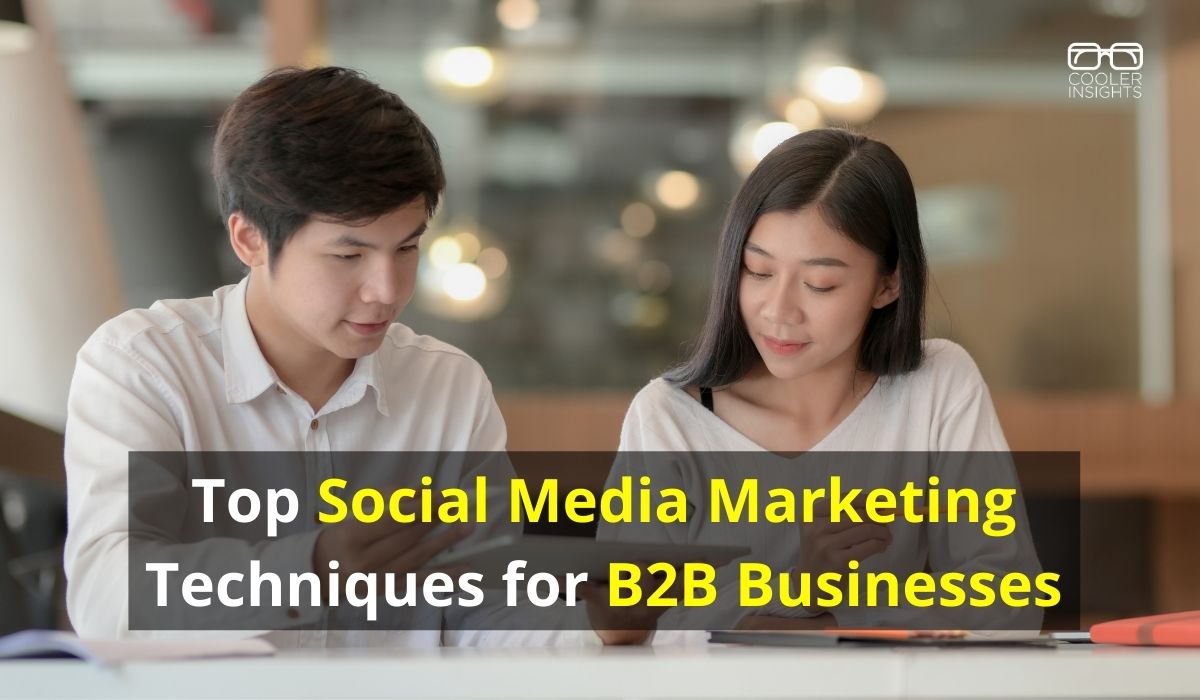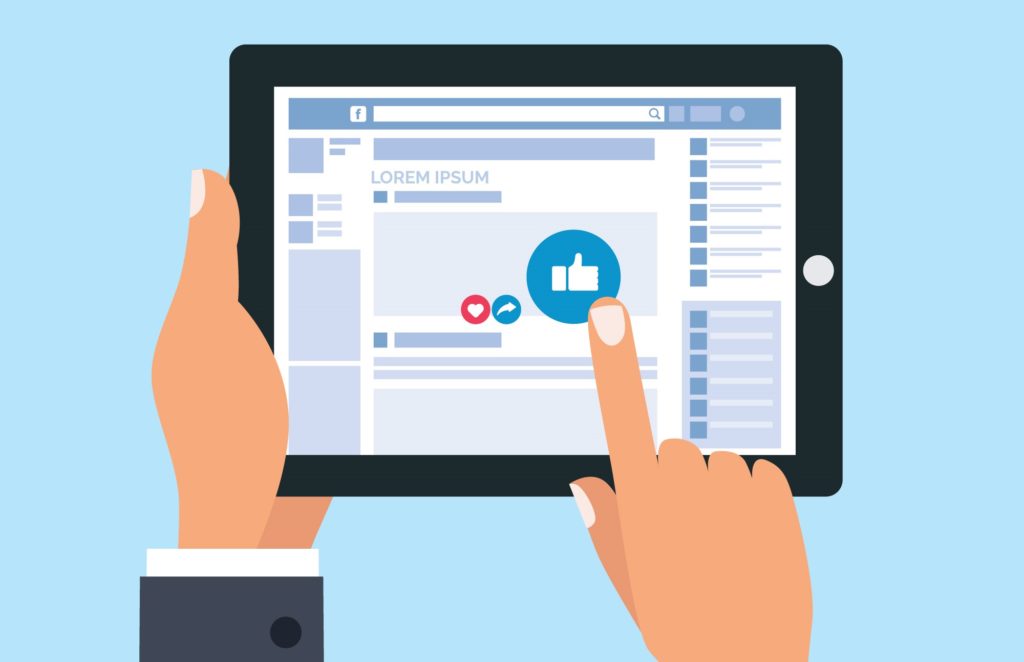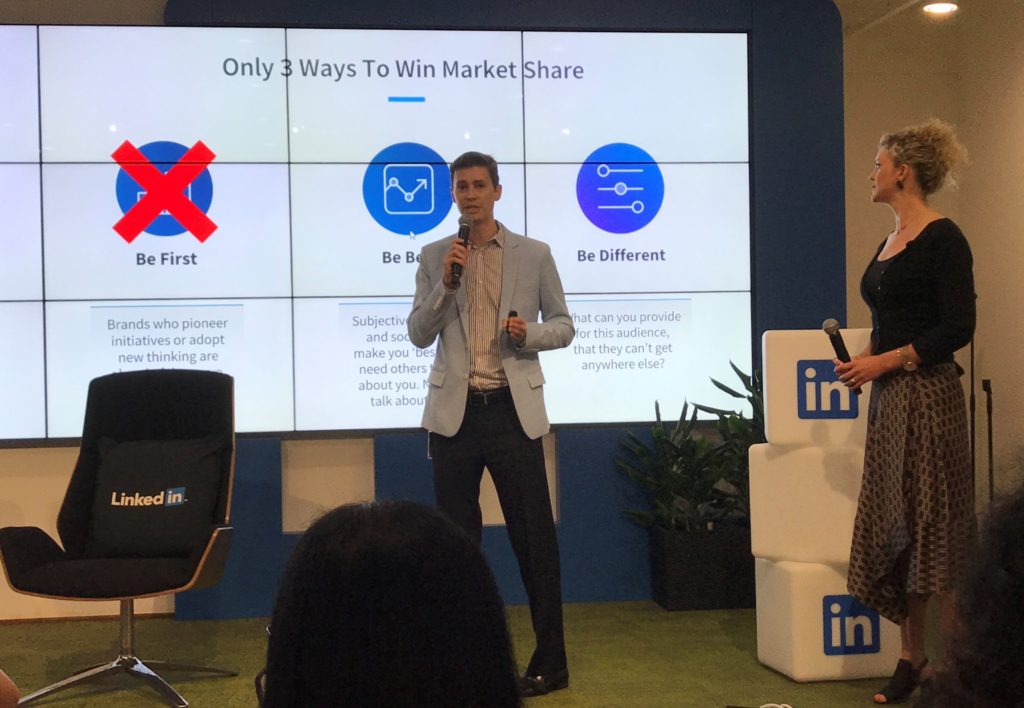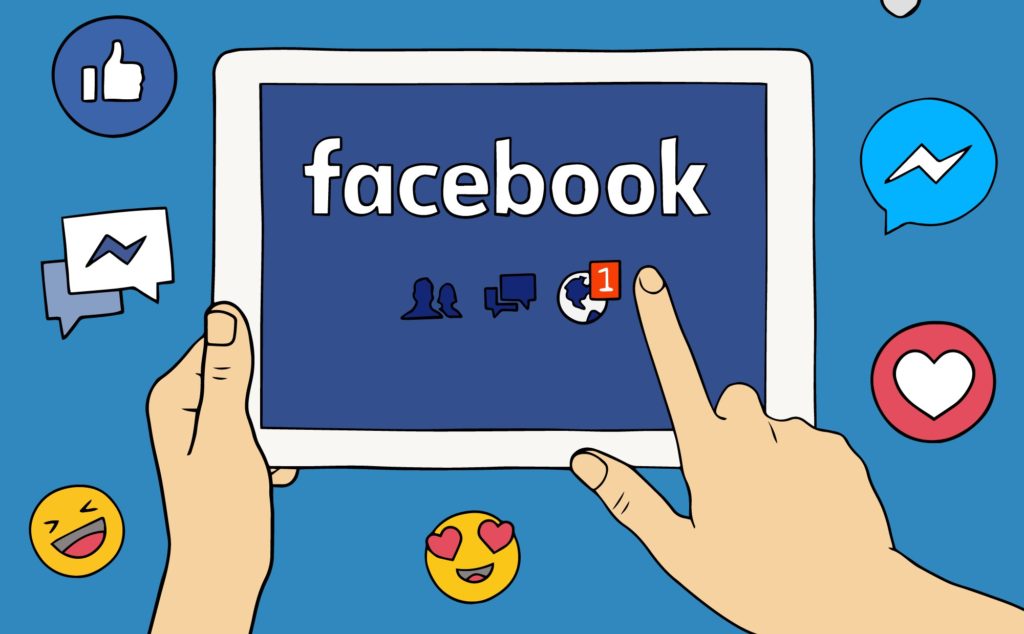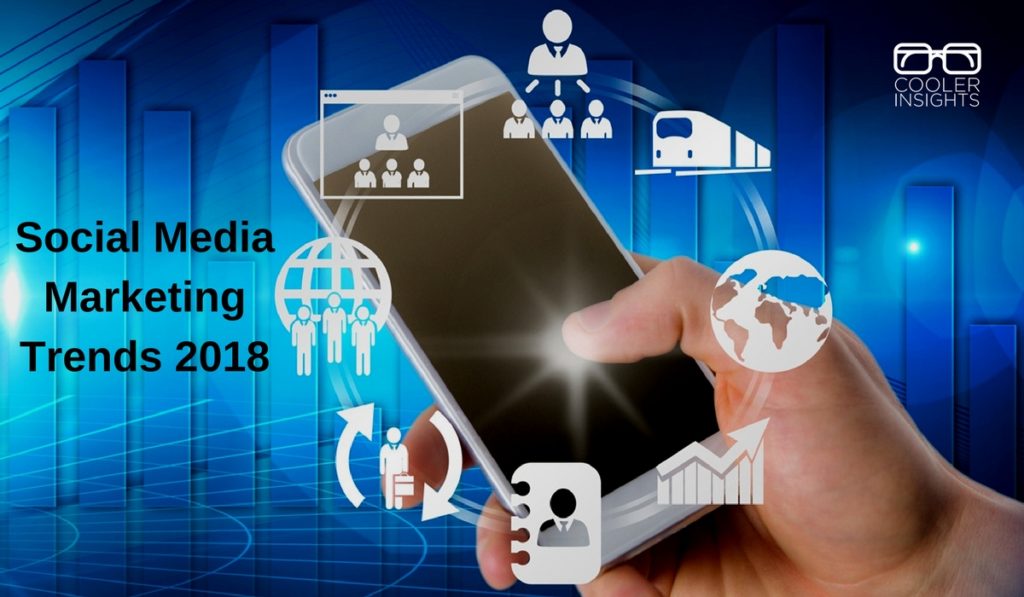
2017 is probably best remembered as the year social media became mass broadcast media.
By introducing a slew of different functionalities and technologies, online juggernauts like Facebook have empowered users to further boost their social media game.



